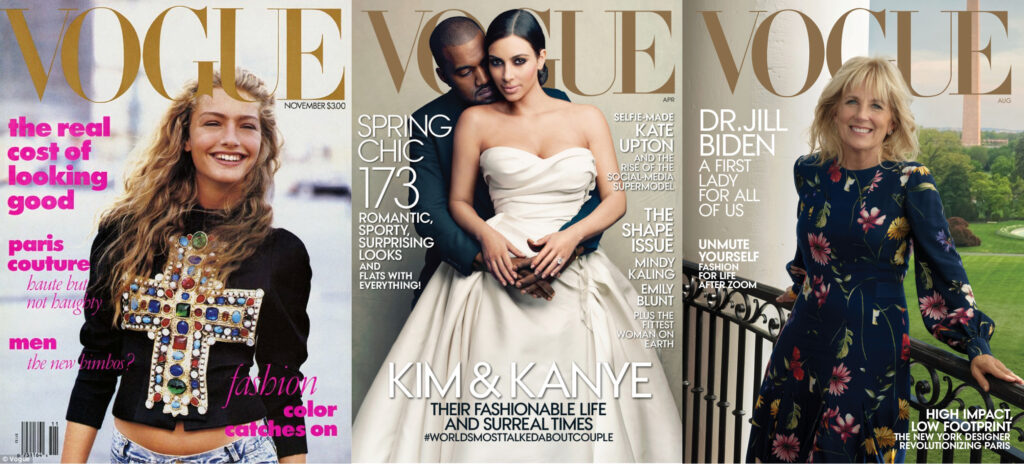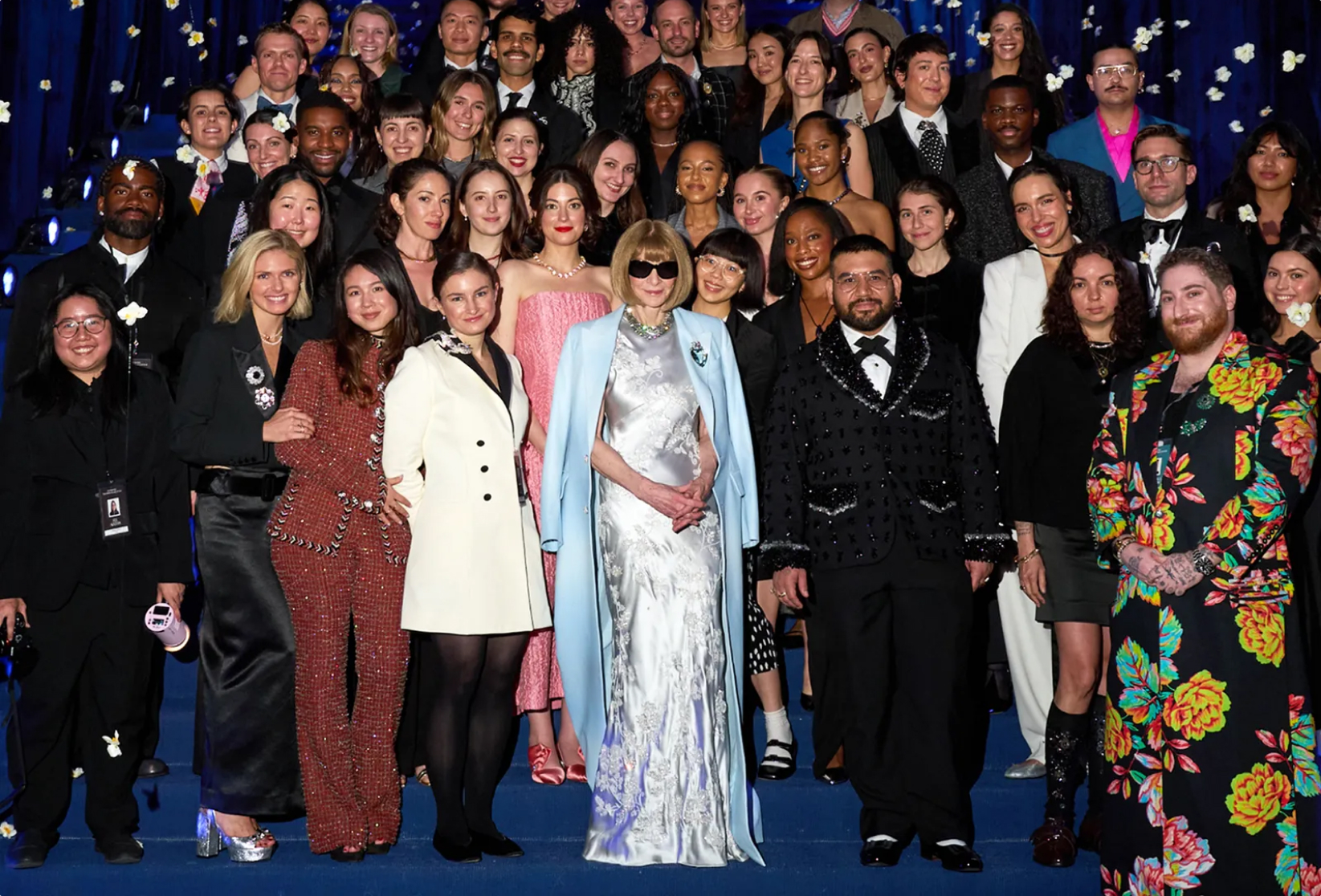Laypeople don’t know the names of magazine editors — and shouldn’t. At one point, Graydon Carter was a well-known name, and those addicted to the news would recognize the editors atop GQ, Esquire, The New Yorker, and other national mags, but such titles have lost their cultural importance, as have their editors. Jeffrey Goldberg is among the most well-known editors working, and even so, his moment in the spotlight — this year’s Signalgate fiasco — was marred by online commentators mistaking him for Jonah Goldberg of The Dispatch.
Put plainly, magazine editors are never famous in the way that famous people are. They are not celebrities. The exception, however, is Anna Wintour.
You don’t have to subscribe to Vogue to recognize her pageboy-bob haircut and black glasses, and that was true before her life was fictionalized in the novel, film, and West End musical, “The Devil Wears Prada.” As editor-in-chief of American Vogue and head of the Met Gala, she not only has shaped how American women dress but has also wrapped the entire fashion industry around her finger. Her ruthless, demanding manner has also changed the image of female executives — for good and ill.
But, after 37 years, Ms. Wintour is stepping down as editor-in-chief of American Vogue. She won’t be leaving the Met Gala, nor the Condé Nast group generally — where she serves as the chief content officer for the group and global editorial director for Vogue. But, for the first time in almost four decades, someone else will soon top the masthead at American Vogue.
Daughter to Fleet Street newspaperman, Ms. Wintour worked as an assistant at Harper’s & Queen magazine in London in 1970 before moving to the United States to work as a junior fashion editor at Harper’s Bazaar. Despite her junior title, she already had a defined look, but her photoshoots proved too forward-thinking for the title, and she was after nine months. She found a new fashion editor role at Viva — a women’s adult magazine that was part of Bob Guccione’s Penthouse publishing empire — which she has spoken little about, unsurprisingly.
When that title died, she moved on to fashion editor roles at Savvy and New York before returning to the UK as editor-in-chief at British Vogue. Where the magazine had been quirky and overly British, Ms. Wintour brought it up to date to the modern woman. She ruled ruthlessly, fired extensively, and remade the magazine in her image. After a short stint doing the same at the failing House & Garden magazine — filling it with more fashion spreads than was perhaps appropriate — she won the lead seat at American Vogue and hasn’t given it up since.
Where her predecessor, Grace Mirabella, preferred studio backgrounds and tight headshots, Ms. Wintour’s agenda was to bring the magazine back to being the “fashion Bible” for American women, and that involved shots showing more of the model, taken outdoors. Her November 1988 debut cover featured a 19-year-old Michaela Bercu in a $10,000 bejeweled Christian Lacroix T-shirt and $50 faded jeans. It was the first time jeans had ever been on the cover of Vogue. In the decades to come, her covers would continue to push boundaries.

Her May 1989 Madonna cover was the first major musician cover for a fashion magazine; and her 2014 Kim Kardashian and Kanye West cover saw the magazine embrace reality TV stars. Her August 2024 Jill Biden Vogue cover will also go down as one of her most famous, though for all the wrong reasons.
Another moment to note: a few years after the arrival of her fictional doppelgänger, Miranda Priestly, her fame increased with the release of 2007’s “The September Issue,” showing the real woman at work. This was a behind-the-scenes documentary on the making of the year’s biggest fashion magazine, and it remains one of the most acclaimed fashion documentaries ever produced.
It’s hard to grade Ms. Wintour’s time at Vogue. She transformed the magazine from a has-been to a must-have and leaves it in a healthier state than its competitors. Even if the magazine itself isn’t that relevant, the spin-off website, Vogue Runway, remains a crucial — and lucrative — industry resource. But her remit was to make it America’s “fashion bible,” and it has unquestionably lost the battle for styling influence against the internet. Vogue still prints, but it no longer shapes trends; instead, it chases them. In turn, Ms. Wintour’s taste has long since faded.
For years, international editions of Vogue have consistently produced more beautiful shoots than the American flagship, despite having lower budgets; and the best versions of American Vogue have been those with the least influence from Ms. Wintour. Notably, the December 2024 edition marked a beautiful return to color and creativity and was one of the best editions in the magazine’s history. That, however, was almost entirely due to its guest editor, Marc Jacobs.
Even with her resignation, Ms. Wintour’s influence will not leave American Vogue. As the chief content officer for Condé Nast and global editorial director for all the global Vogue titles, she will have almost complete autonomy to pick her successor, and thus, her fingerprints will mark the magazine for years to come.
(Except for the headline, this story has not been edited by PostX News and is published from a syndicated feed.)

